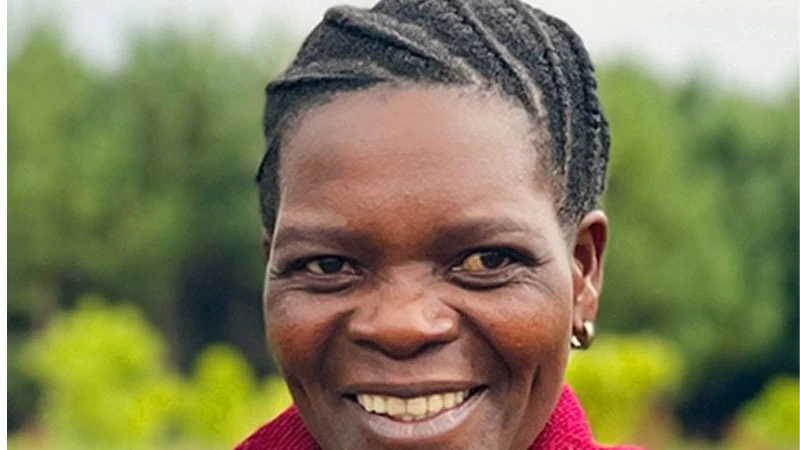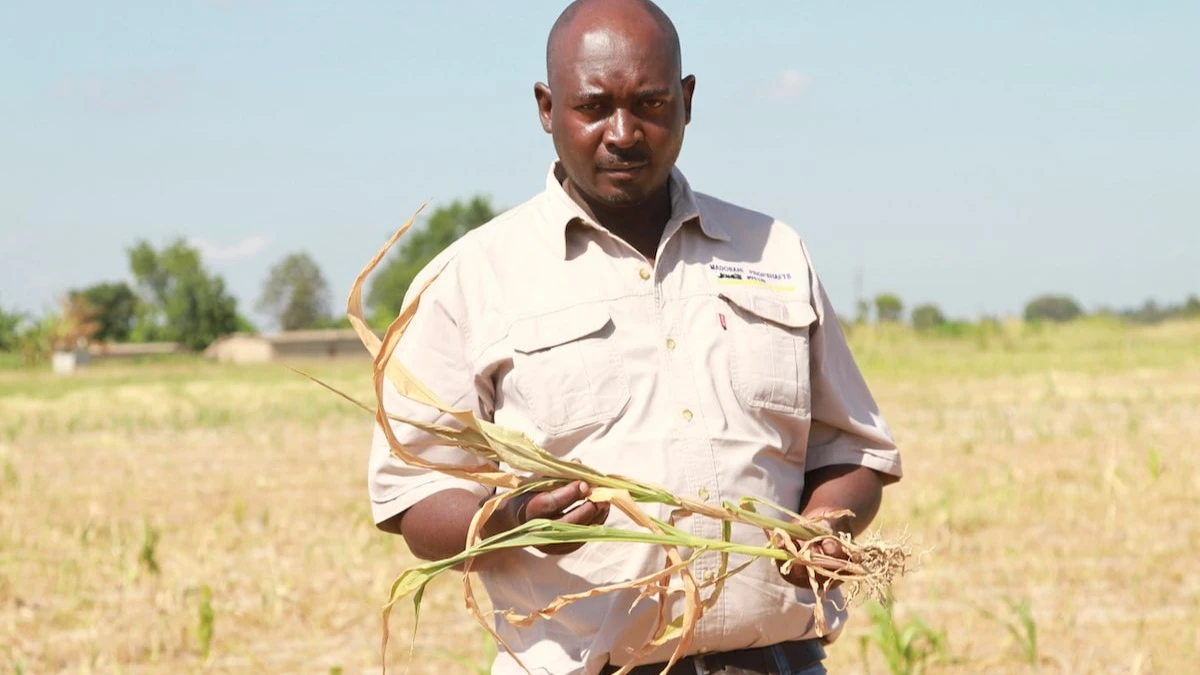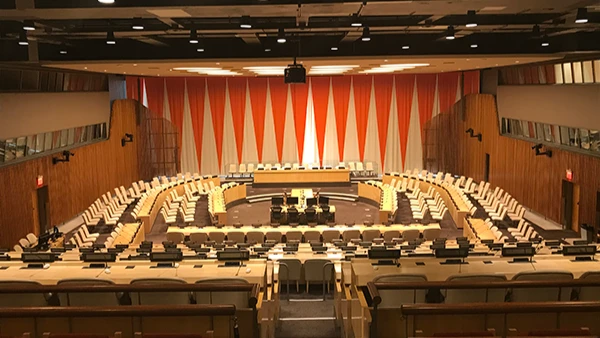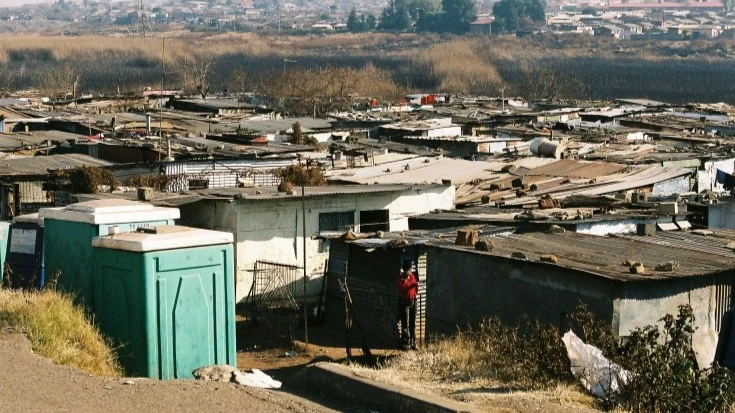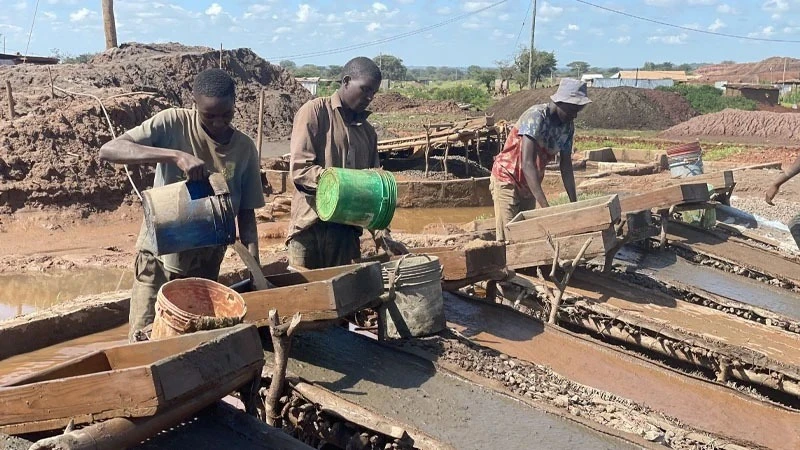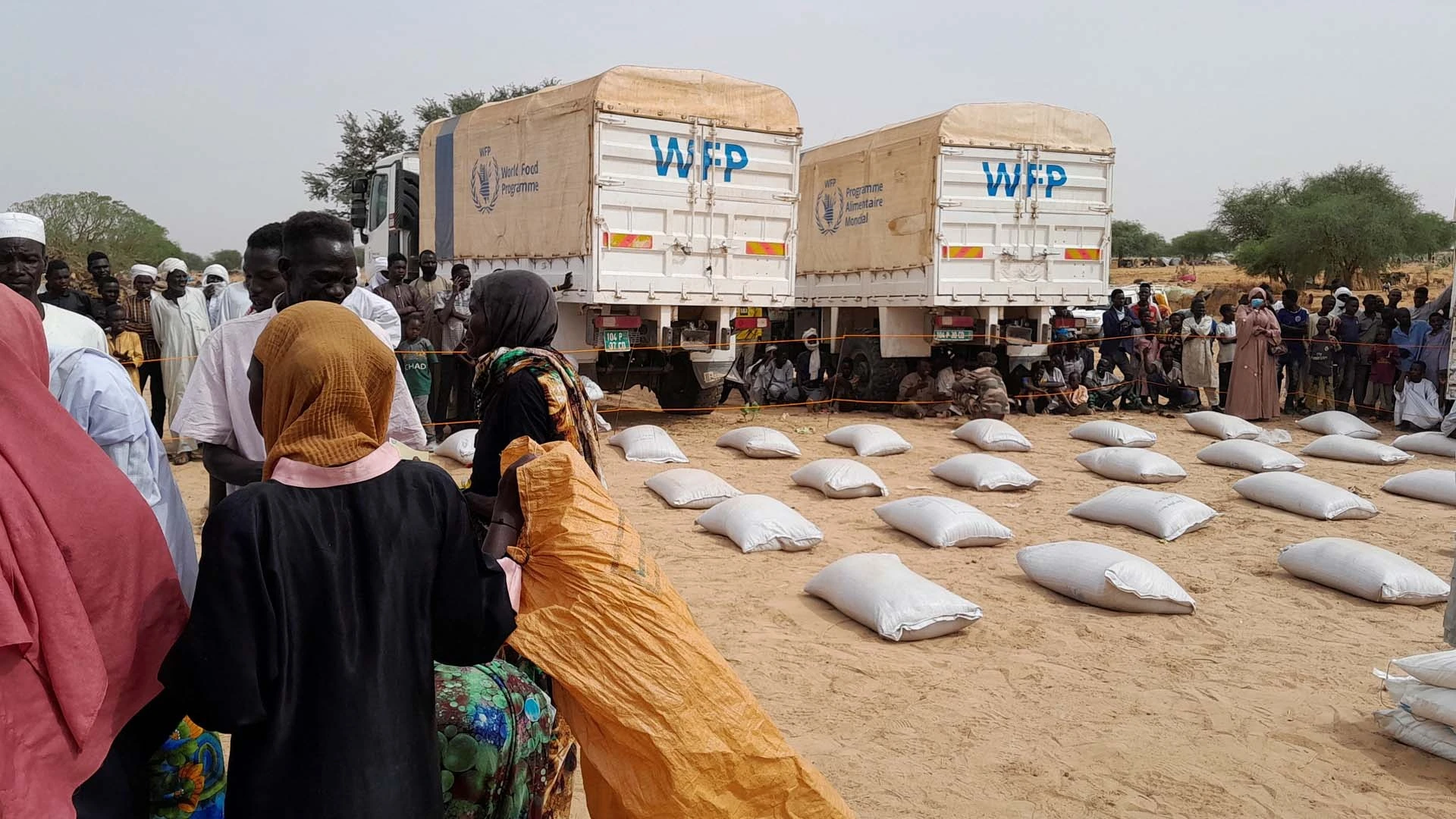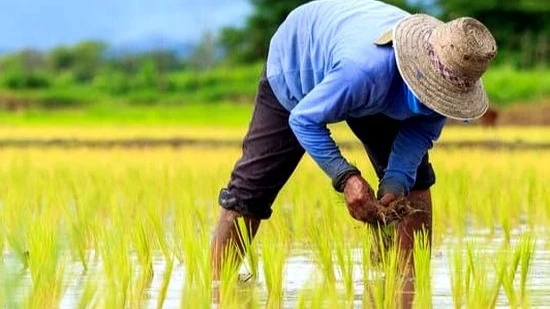Livestock influx threatens conservation efforts in Namtumbo as government, GIZ work to curb HWC

DESPITE remarkable successes recorded in Namtumbo District, Ruvuma Region in reducing Human Wildlife Conflicts (HWC), the influx of livestock in protected forest areas is said to contribute to wild animals moving into human settlement and farms.
The number of livestock keepers from across the country who are relocating to the district is on the rise, thus posing a threat to on-going conservation activities. The presence of livestock in forest forces wildlife to go outside the park as the two can hardly stay together due to a number of reasons.
When in big numbers, livestock can alter the behaviour of some wild species and lead to their extinction by changing the vegetation structure. The new environmental conditions that livestock generate could, nevertheless, favour some species.
Authorities in the district have been working closely with stakeholders including the German Development Agency (GIZ) which is implementing the Mitigation of Human Wildlife Conflict in Tanzania project in the Ruvuma Landscape on behalf of Germany’s Federal Ministry for Economic Cooperation and Development (BMZ).
Data from the office of Namtumbo District Game Warden shows that with the on-going interventions by the government and stakeholders, they have managed to reduce the effects of elephants’ destruction into farms whereas Mtelamwahi village had 15 acres of crops destroyed between July 2021 and June2022. The village recorded zero incidents from July 2022 to April 2024.
In Ligunga village, 12 acres of crops were destroyed between July 2021 and June 2022 while the number increased to 39.5 acres in a period between July 2022 and June 2023.
However, following efforts by stakeholders and the government, Ligunga village recorded no case of crop raining by elephants from July 2023 to July 2024.
In Mtelamwahi, the Village Executive Officer, Joseph Haule told a team of journalists from the Journalists Environmental Association of Tanzania (JET) that they are working on a plan to provide livestock keepers with a specific grazing land.
“We have a good number of livestock keepers who are illegally relocating to our village in search of greener pastures. They are humans, we cannot restrict them from entering our village, but we want them to conduct their activities at specific areas without distributing wild animals.
Livestock can be a risk to natural regeneration, posing challenges to the long-term sustainability of forests,” he stated, adding Ligunga is one of the seven villages that forms the Kimbanda Wildlife Management Area (WMA).Others are Lusewa, Milonji, Matepwende, Msisima, Mnalawi and Malalawima.
He said: “We need government support to remove herders from the village forest. We have been educating them, but they are unwilling to move to other areas.”
He commended the GIZ through its Mitigation of Human Wildlife Conflicts in Tanzania project for training them on how to scare the big animals using smelly repellent fences; the village had witnessed a tremendous drop of crop raining cases.
Haule added: “We are thankful to GIZ for interventions; they have also assisted us in forming groups and supported establishment of vegetable gardens where we generate a good income.”
Juma Kihindo, the Secretary of Kimbanda WMA said they are facing three major conservation challenges—mining activities, agriculture and livestock keeping.
"There are livestock keepers inside our forests; their pastoral activities contribute to destruction of the ecosystem, which is important for wildlife. They are coming from different parts of the country,” said Kihindo, adding they usually conduct patrols two times a month, but the challenge continues.
Gravas Mwalyombo, the District Forest Officer said they are aware of the challenge, suggesting proper implementation of land use plans to control livestock keepers from grazing in forest and protect areas.
GIZ Technical Advisor in Namtumbo, Chrian Zimbaiya, acknowledged the presence of livestock keepers in forests, adding most of them migrate from with big herds of cattle—especially the Sukuma and Mang'ati communities.
“The project we are implementing does not deal with livestock issues; however, district policy does not promote livestock activities since Namtumbo is primarily an agricultural district,” said Zimbaiya, noting that livestock farming contributes significantly to making the big animals leave the park to villages.
He suggested for the government to look at the matter closely, noting that conservation organizations and agencies should conduct patrols to relocate livestock keepers to designated grazing areas. The district can set aside a special area for grazing; it’s not something to be entirely prohibited, he added.
According to him, some of the things that make elephants leave the park are the chemicals used for cattle dipping, as they have a strong scent. “When elephants encounter the smell of these chemicals, they opt to go to other areas, thus finding themselves in villages,” explained Zimbaiya.
The mitigation of Human-Wildlife Conflicts (HWC) project in the Ruvuma Landscape, implemented by GIZ, aims to address challenges between local communities and wildlife, particularly in areas where agricultural activities and wildlife habitats overlap.
The Ruvuma Landscape is rich in biodiversity, with several protected areas including the Selous-Niassa Wildlife Corridor that connects Nyerere National Park and Mozambique’s Niassa Reserve. GIZ works with local communities whereas it trains village game scouts (VGS) on a number of techniques that could be used to scare away elephants.
Some of the methods that VGS are trained to use include setting up barriers using smelly repellent fences and planting crops that are less attractive to wildlife. Through the project villagers are also provided with education on wildlife behaviour, conservation, and sustainable ways to coexist with animals.
Top Headlines
© 2024 IPPMEDIA.COM. ALL RIGHTS RESERVED


